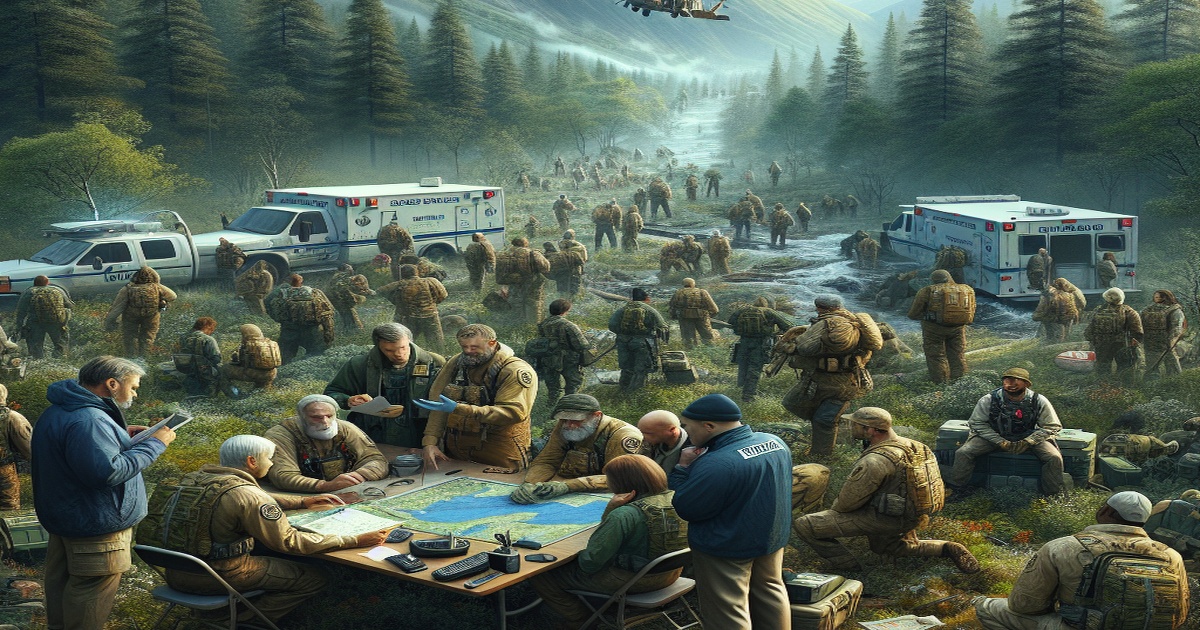Days after flash floods struck Texas during the July Fourth weekend, the state's governor announced that over 160 people were still missing. This number, significantly higher than previously reported, followed the establishment of a hotline for families to report missing loved ones.
The majority of those missing are believed to be in Kerr County, where most of the victims have been recovered. Many were likely visiting or staying in the Hill Country during the holiday, but did not register at a camp or hotel. The area's lowlands, along the Guadalupe River, are dotted with youth camps and campgrounds, including Camp Mystic, a century-old all-girls Christian summer camp where numerous campers and counselors perished.
Search and rescue efforts are extensive, involving heavy machinery to clear debris and uncover potential victims. Teams are utilizing airboats, helicopters, and horseback patrols, along with hundreds of volunteers, in one of the largest search operations in Texas history.
The flash flood is the deadliest inland flooding event in the U.S. since a similar disaster in Colorado in 1976. Public officials are facing scrutiny regarding weather monitoring and warning systems. The governor, after touring the disaster zone, dismissed questions of blame, emphasizing the focus on recovery and support. He has promised that the search will continue until everyone is found and that federal aid will be provided.
The devastation is evident at Camp Mystic, where belongings and personal items are scattered. Among the victims were a young student, a counselor, and the camp director. The floods occurred after heavy rains caused the Guadalupe River to rise dramatically in a short period, overwhelming people in cabins, tents, and trailers.
Survivors recounted harrowing escapes, with some swimming out of cabins and others clinging to trees. Time-lapse videos showed the rapid inundation of roads. Experts suggest that a warming climate may contribute to the likelihood of such catastrophic storms.
Questions have arisen about the actions taken by local officials to warn campers and residents. Local leaders have stated their priority is victim recovery. The county's chief elected official confirmed that the county lacks a warning system.
The area has a history of flash floods, with a previous incident in 1987 resulting in fatalities. Local leaders have discussed the need for a warning system for years, but a grant request was denied. Four days have passed since anyone was found alive. The bodies of many children have been recovered. The devastation extends across a wide area of central Texas.
One resident, Aidan Duncan, narrowly escaped the flood and lost all his belongings. Another resident, Charles Hanson, is helping with cleanup efforts.







5 Comments
Michelangelo
It's always the most vulnerable who suffer in these disasters. Those families deserve answers and justice!
Donatello
It's heartwarming to see so many volunteers banding together to help. True Texans.
Leonardo
How many times do we have to witness these tragedies before we prioritize infrastructure improvements and emergency response?
Raphael
So many lives lost, and now we learn they didn't even have a warning system? Unacceptable.
Donatello
The governor is right to focus on recovery now, but someone needs to be held accountable for the lack of preparedness later.